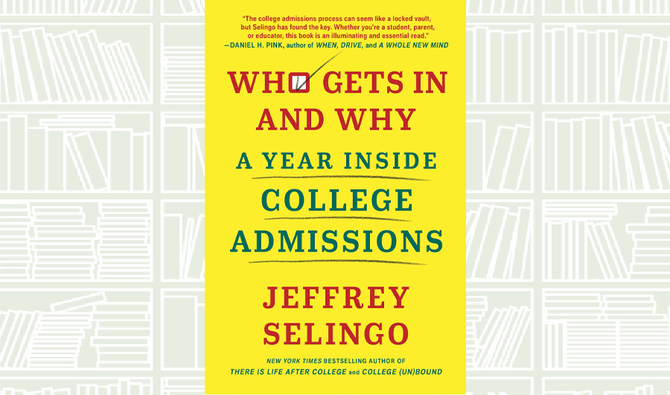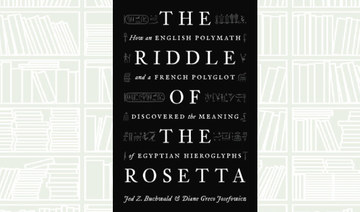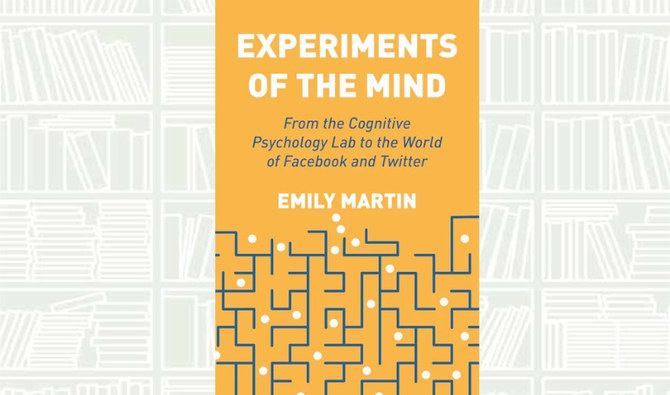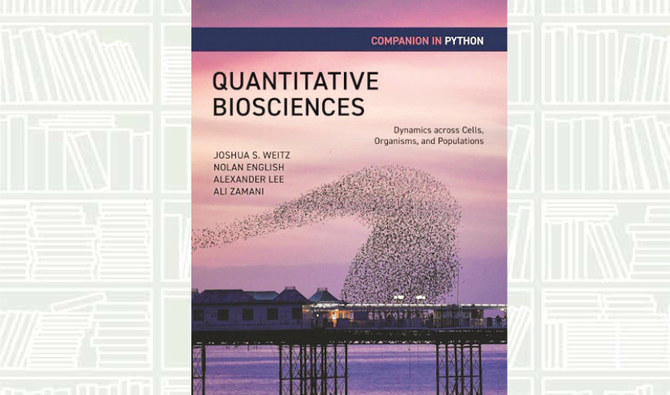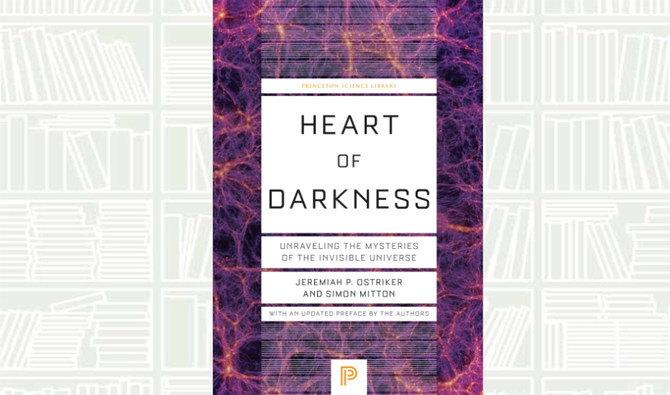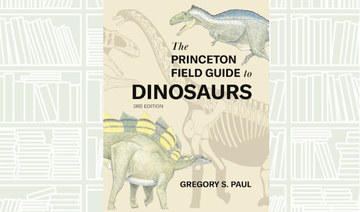For anyone interested in how decisions are made about admissions to the top-ranked colleges and universities in the US, Jeffrey Selingo’s Who Gets In And Why is for them.
“Money talks and privilege walks. In the case of college admissions, it saunters through wrought-iron gates, past signs emblazoned with ‘Welcome Class of’ and into seats at convocation,” Anthony Abraham Jack said in a review for The New York Times.
Timely and engaging, Who Gets in and Why details “how college admission is rigged in favor of the privileged and how it came to be gamed even further,” said the review.
“Through revealing interviews with industry leaders and observations of admissions committee deliberations at three schools, Selingo unpacks the myriad ways that colleges’ desperate attempts to climb up in the rankings further open doors to students from more affluent families,” the review added.
“Universities want to raise their profile, knowing that selectivity is a key measure in rankings. They also want to lock in their full payers early, a desire that may only grow stronger as colleges grapple with budget deficits brought upon by COVID-19,” the review said.



